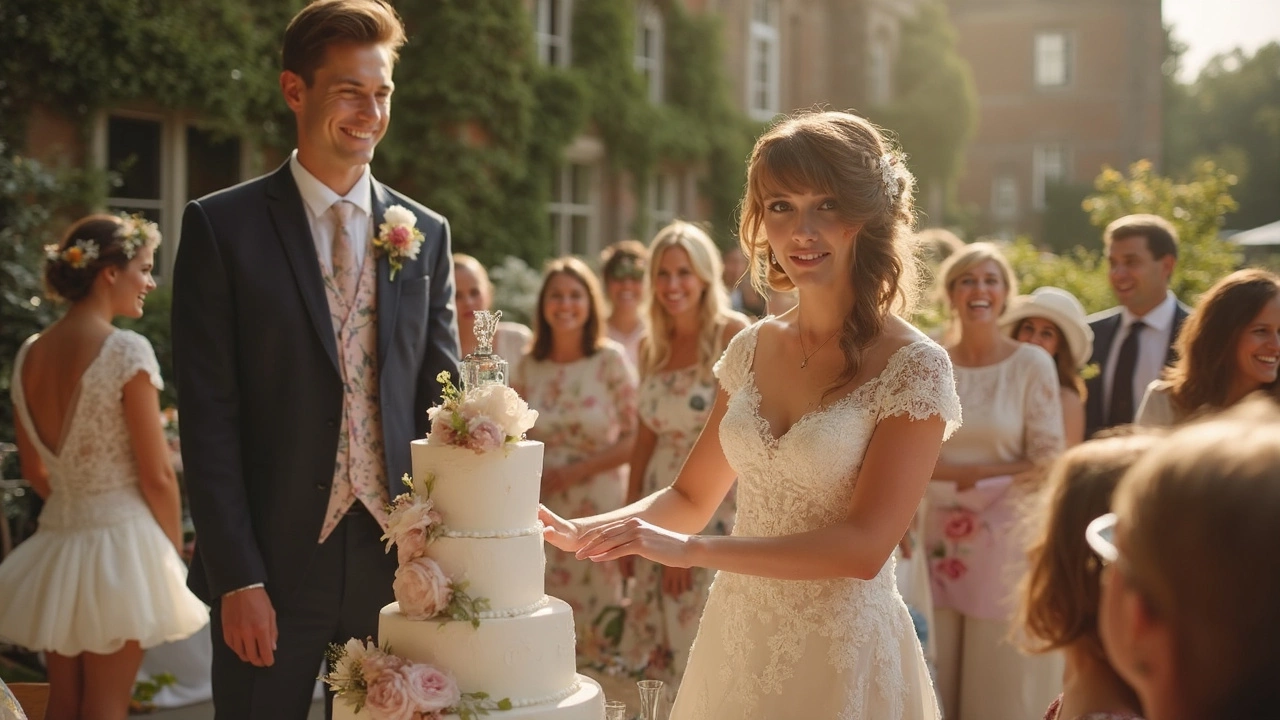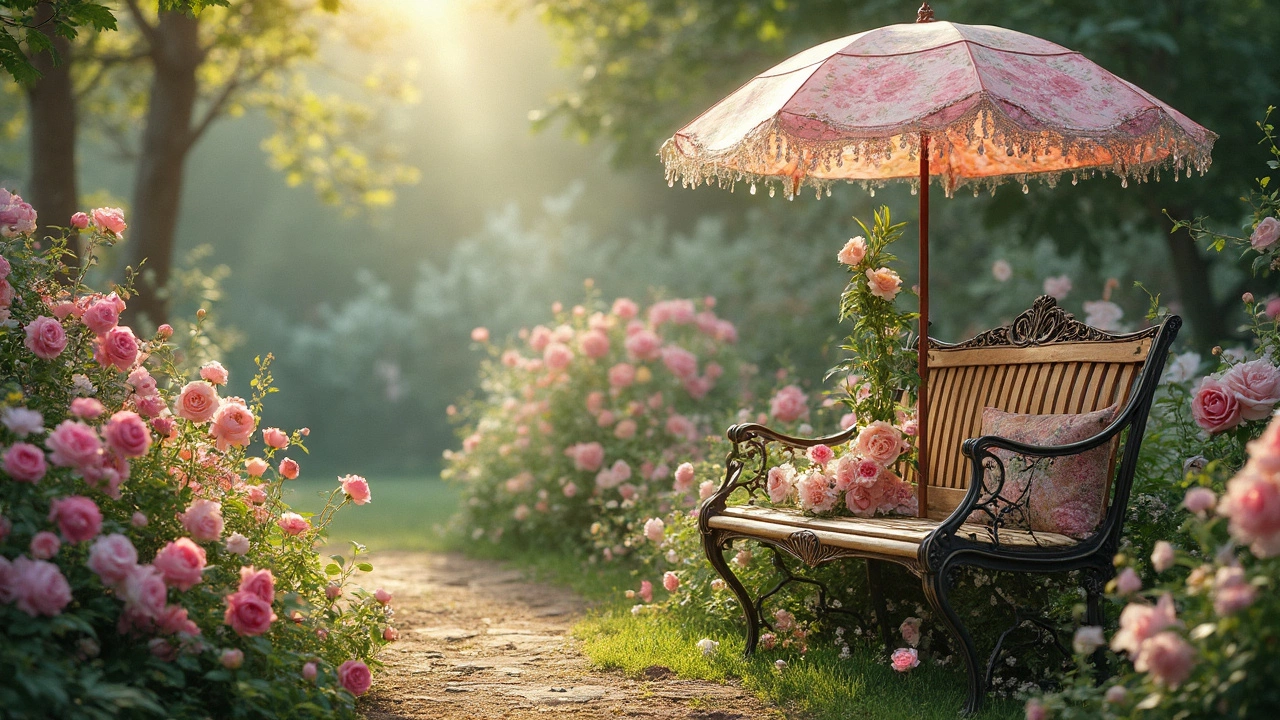Wedding Symbolism: Meaning Behind Traditions, Colors, and Details
When you hear the word "symbolism" you probably think of roses, rings, or that quirky garter toss. But each element at a wedding carries a story that can add depth to your big day. Understanding those stories helps you decide which pieces feel right for you and which ones you can skip.
Common Symbols and What They Mean
Here are the most talked‑about wedding symbols and the ideas they represent. The white wedding dress started as a sign of purity, but many couples now choose it simply because they love the look. Rings form a circle with no beginning or end, echoing forever love. Horseshoes are said to bring good luck – hang one upside down to catch fortune, or right side up to share it with guests.
Colors are another language of symbolism. Red signals passion and good luck in many cultures, while blue stands for loyalty and calm. Lavender blends romance with calm, making it a popular choice for spring weddings. If you spot emerald leaves in your bouquets, they’re often linked to hope and renewal.
Numbers also matter. A 12‑person bridal party mirrors the twelve months in a year, hinting at a partnership that lasts through every season. Some couples pick 13 guests to break the superstition that 13 is unlucky, turning it into a bold statement.
How to Use Symbolism in Your Bristol Wedding
Start by listing the values that matter most to you – family, adventure, sustainability, whatever feels true. Then match those values to symbols you love. Want to highlight family ties? Incorporate a family tree motif on your invitations or have a hand‑fastening ceremony where you and your partner bind cords together.
If you’re planning a garden wedding in Clifton, think about local flora. Foxgloves are native to the area and symbolize humility and grace. Adding a few to your centerpieces links the day to Bristol’s natural vibe. For a coastal feel, sea‑glass colors or a nautical rope as a backdrop can nod to the nearby harbors.
Don’t feel forced to include every tradition. Pick the symbols that resonate and weave them into the parts of the day you control – invitations, décor, ceremony vows, or even the cake design. A simple personalized ring engraving can replace a grand token, and a handwritten note at each place setting can replace a pricey favor.
Talk with your vendors about how to bring these ideas to life. Photographers love a good story, so let them know why you chose a particular color or flower. They’ll capture the meaning behind every detail, giving you memories that feel as rich as the symbols themselves.
Remember, symbolism isn’t about ticking boxes; it’s about creating moments that feel authentic. When you understand the why behind each choice, the whole planning process becomes more enjoyable, and the day itself feels richer for you and your guests.
Wedding Cake Tradition: Why Couples Cut the Cake Together
Ever wonder why nearly every wedding has that iconic cake-cutting moment? This article unpacks the meaning behind couples cutting their wedding cake together, tracing its roots and sharing practical tips for your own celebration. We’ll cover how this tradition became a staple, what it says about the couple’s future, and how to make the moment personal (and fun). Whether you’re planning your own big day or just love wedding trivia, you'll pick up new insights—plus a trick or two for making your cake-cutting photo worth framing.
View MoreWhat Flower Symbolizes a Wedding? Traditional and Contemporary Choices
Discover the world of wedding flowers and their symbolism. From the classic roses to the modern succulents, find the perfect blooms to reflect the essence of the special day. Learn about cultural influences, contemporary trends, and practical tips to make your wedding floral arrangements meaningful and memorable.
View More
